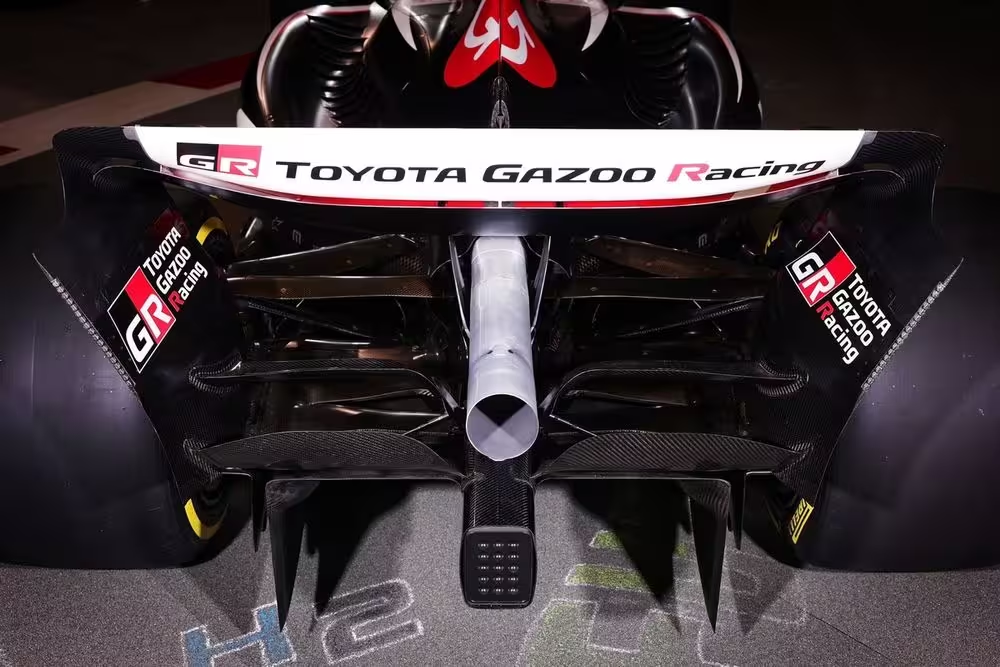Haas’s new alliance with Toyota is a seismic moment in the short history of Formula 1’s youngest team.
The American squad joined the grid back in 2016 with a new – and to some, controversial – model in allying closely with Ferrari for its technical development. Now, it has a new partner in the giant automotive manufacturer.
The primary aim is for Haas to “speed up” – per its team principal Ayao Komatsu, the driving force behind this deal given his friendship with Toyota Gazoo Racing’s general manager of motorsport engineering, Masaya Kaji – its plan to make good on its ambition and become a competitor further up the F1 grid than it has previously managed. The team also wants to firmly move on from its results nadir of finishing last in 2023.
There have already been clear signs this year of change from the investment-less frustration that resulted in Guether Steiner’s exit at 2023’s end. Komatsu secured investment for a team-first recruitment drive from team owner Gene Haas as early as this year’s Australian GP. Then team is also getting a brand new hospitality structure to use at European races from 2025.
PLUS: How Komatsu is succeeding where Steiner failed on Haas F1 investment
But the Toyota deal is of a different magnitude and raised many critical questions. Happily, at Toyota’s Fuji Speedway track on Friday, Komatsu was able to provide lengthy answers.
Here are the key ways in which the new alliance will initially work, as well as what the deal means for Toyota, Ferrari and Haas’s other technical partner, Dallara.
For Haas, this is a “long-term” programme
Deal announced on Friday marks the start of a long-term partnership between Haas and Toyota
Photo by: TOYOTA GAZOO Racing
With the new deal announced as a “multi-year agreement”, Komatsu was clear “it’s actually a long-term partnership”. Fundamentally for Haas’s “requirement basis”, he said this is all designed “to make us more competitive as F1 team to move up to the more towards the front of the grid”.
“[As] the smallest team on the grid [Haas currently employs 300 people, but has been working to grow this by 10% in its recruitment drive], we are lacking certain resources and hardware capability to understand certain things,” Komatsu added.
“And then in terms of being more competitive in the midfield, we are looking for somebody who can give us more resource and that horsepower and also have the…
Click Here to Read the Full Original Article at Autosport.com – Formula 1 – Stories…

